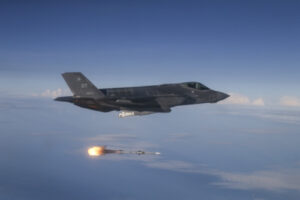
Dissent Continues. In the wake of Lockheed Martin’s failed bid to acquire Aerojet Rocketdyne, Steel Partners, which owns about 5.2 percent of Aerojet’s outstanding shares and controls four of the company’s eight board seats, has outlined its vision to boost shareholder returns. This vision includes returning a majority of existing cash through share and debt repurchases, divesting real estate and non-core assets and businesses, boosting performance and sales at the “underperforming” defense and space business units, aligning executive compensation to…













